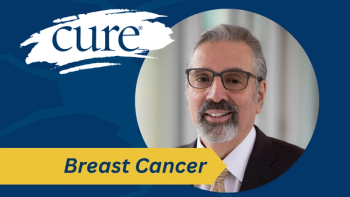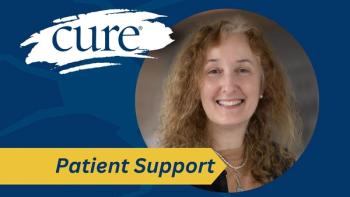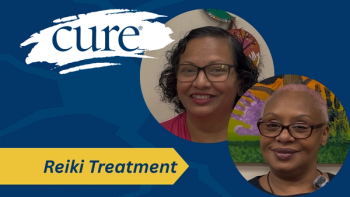
Novel Combo May Improve Survival in Esophageal Squamous Cell Carcinoma
Simultaneous administration of the novel oral S-1 chemotherapy and SIB-RT could improve survival rates for patients aged 70 and older with esophageal squamous cell carcinoma (ESCC).
Patients with esophageal squamous cell carcinoma (ESCC) who are age 70 and older who received S-1 oral chemotherapy simultaneously administered with integrated boost radiotherapy (SIB-RT) showed signs of improvement, according to findings from a recent study published in March by JAMA Network.
Specifically, the overall survival (OS, the period from diagnosis or treatment where patients are still alive) and progression-free survival (PFS, the period during and after treatment of cancer when the disease does not get worse) improved for patients aged 70 and older.
In the study, 330 of 339 eligible patients participated, in which the median age was 75 and 220 of the patients were male. Patients were considered eligible if they had stages 2 to 4 ESCC, were inoperable and had locally advanced cancer (cancer that spread to nearby tissue or lymph nodes). The 330 participating patients were randomized into two groups: oral S-1 chemotherapy administered with SIB-RT (CRTCT group) and SIB-RT alone (RT group). There were 184 patients in the CRTCT group and 146 patients in the RT group. Among patients who were aged 80 and older, 39 patients were in the CRTCT group and 33 patients were in the RT group.
According to the authors, “patients tend to tolerate intravenous chemotherapy less well with age, and patients aged 70 years and older are at increased risk of treatment-related toxic effects.” Prior studies showed that more than 50% of patients who were aged 65 and older encountered a grade 3 to 5 toxic effect at least once, in which 2% died from a treatment-related toxic effect. The authors of the current study suggested that chemotherapies administered orally, such as S-1 chemotherapy, were more beneficial and safer for patients aged 70 and older, as it did not involve administration through veins.
The study’s analysis established that patients within the CRTCT group had a median OS of 28.1 months. Patients within the RT group had a median OS of 20.1 months. As for PFS, the median for the CRTCT and RT groups were 19.5 and 11.1 months, respectively. The authors found that the differences within OS and PFS depended on the patients’ baseline characteristics (age, sex, nutrition status, status of tobacco and alcohol consumption, and status of diet) and cancer status (status of location or lymph node metastasis and length of tumor).
The authors determined that patients in the CRTCT group had a significant increase in survival rate, as they were treated with both S-1 chemotherapy and SIB-RT. The authors also found that patients in the CRTCT group who completed concurrent chemotherapy (oral S-1 chemotherapy and SIB-RT) had better survival rates compared with patients who stopped or refused this converged treatment.
“The findings suggest that patients treated with SIB-RT combined with oral S-1 chemotherapy experienced significant improvement in OS and PFS compared with SIB-RT alone and acceptable treatment-related toxic effects, indicating that SIB-RT with oral S-1 chemotherapy could be an appropriate treatment approach for patients aged 70 years and older,” the authors wrote.
The authors concluded that “SIB-RT with oral S-1 chemotherapy should be considered as an option for definitive treatment approaches for patients aged 70 years and older with inoperable ESCC, as it improved survival outcomes without additional treatment-related toxic effects compared with SIB-RT alone.”
For more news on cancer updates, research and education, don’t forget to





